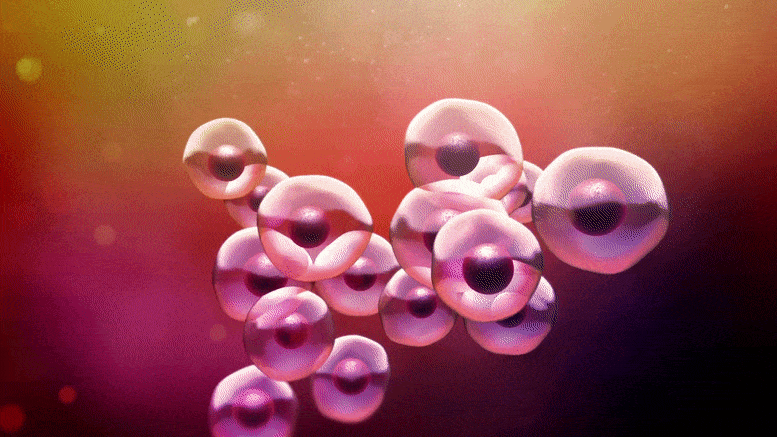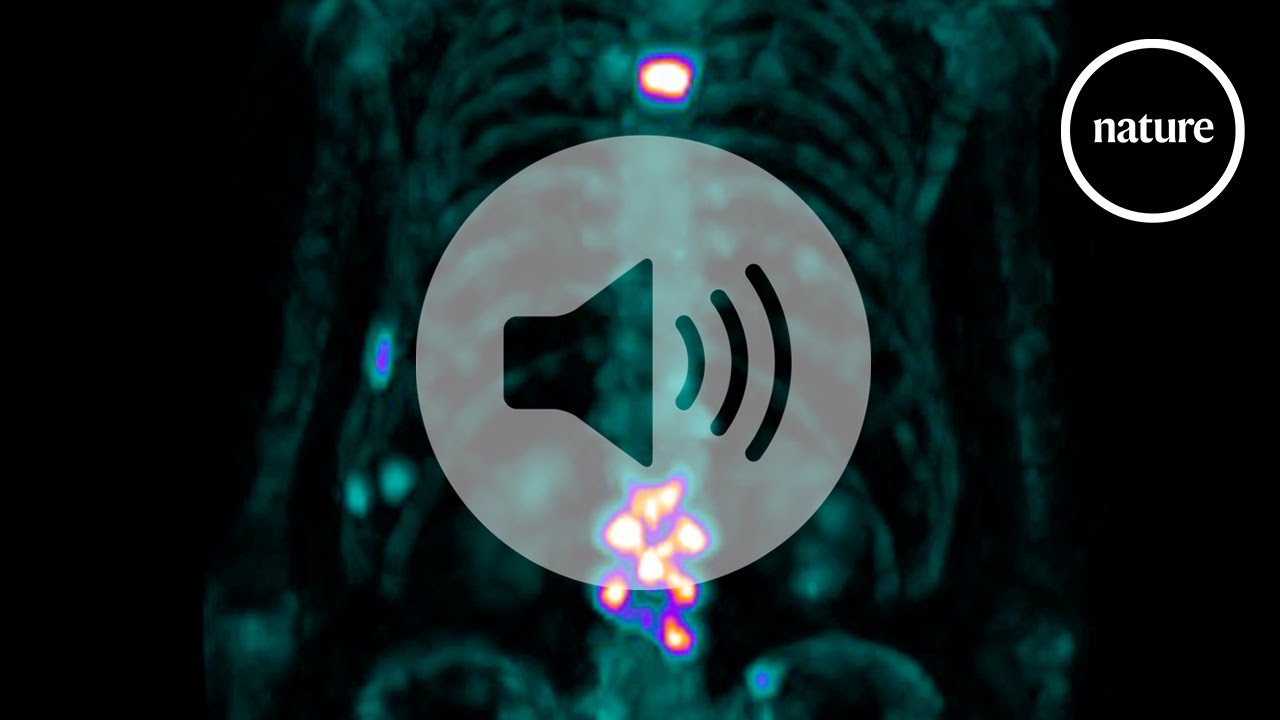By
The University of Copenhagen researchers utilized a mouse model to discover an alternate path that some cells follow to build organs and used that information to exploit a new kind of stem cells as a possible supply of organs in a dish
Imagine being able to restore damaged organ tissue. Because stem cells have the incredible ability to create the cells of organs such as the liver, pancreas, and intestine, that is what stem cell research is aiming to do.
For many years, researchers have worked to duplicate the process by which embryonic stem cells develop into organs and other parts of the body. However, despite several attempts, it has proven to be incredibly challenging to get lab-grown cells to mature correctly. However, recent research from the University of Copenhagen reveals that they could have missed a crucial step and perhaps another kind of stem cell.
“Very simply put, a number of recent studies have attempted to make a gut from stem cells in a dish. We have found a new way to do this, a way that follows different aspects of what happens in the embryo. Here, we found a new route that the embryo uses, and we describe the intermediate stage that different types of stem cells could use to make the gut and other organs,” says Ph.D. student at Martin Proks, one of the primary authors of the study from Novo Nordisk Foundation Center for Stem Cell Medicine at the University of Copenhagen (reNEW).




